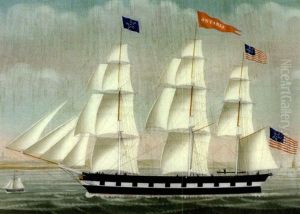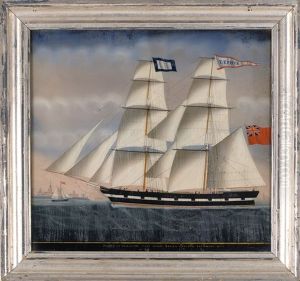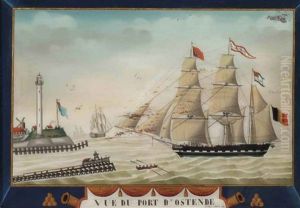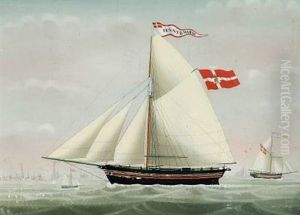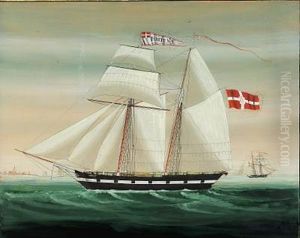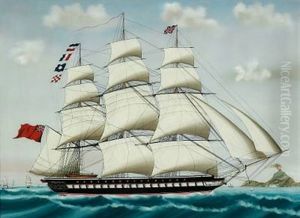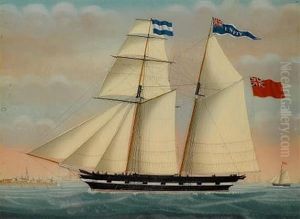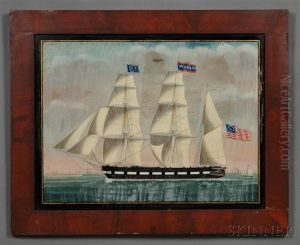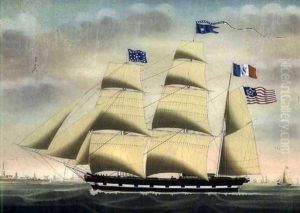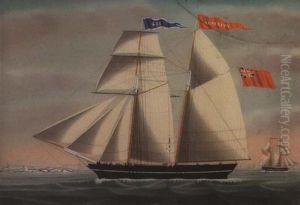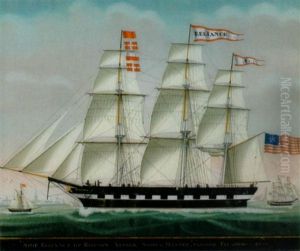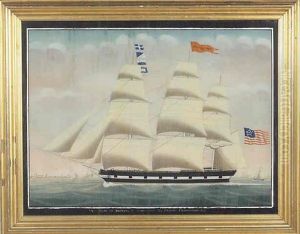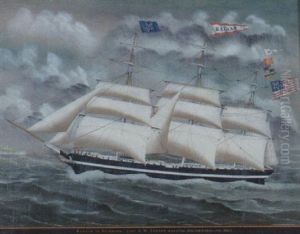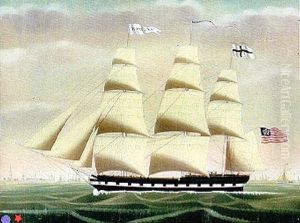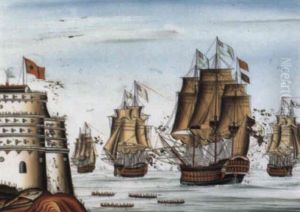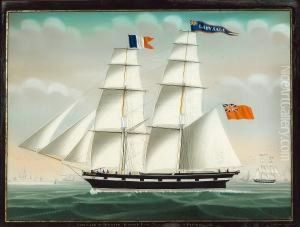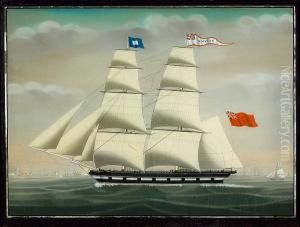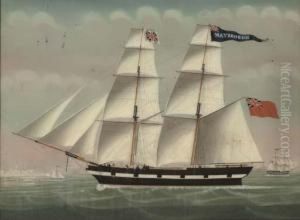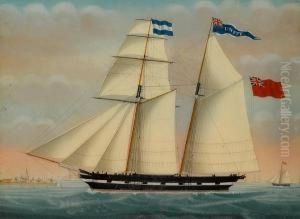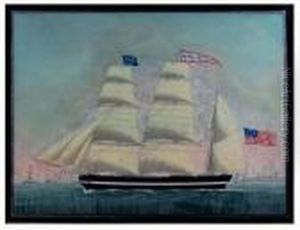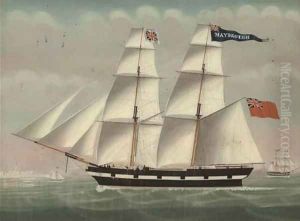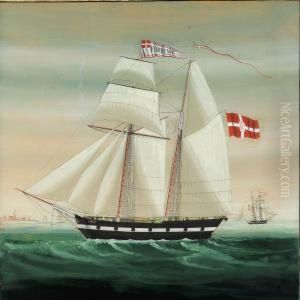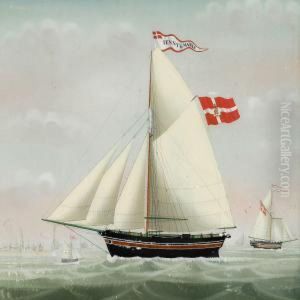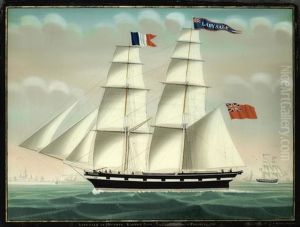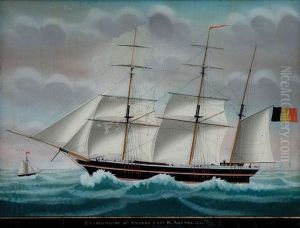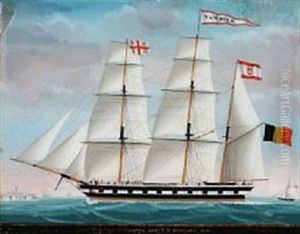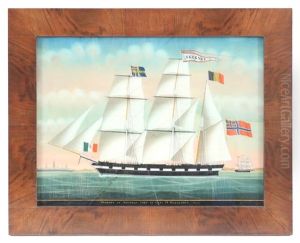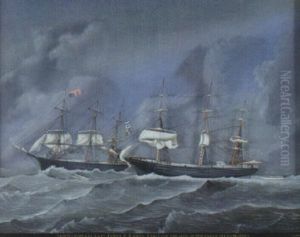Petrus Cornelis Weyts Paintings
Petrus Cornelis Weyts, born in 1808 and deceased in 1875, was a Dutch painter known for his contributions to the Romantic movement in art. His life spanned much of the 19th century, a period marked by significant transformations in the arts across Europe. Weyts demonstrated a keen interest in art from an early age, honing his skills and eventually emerging as a notable figure within the Dutch Romantic tradition.
Weyts' artistic journey began in his homeland, where he was deeply influenced by the landscapes and seascapes of the Netherlands. His work often depicted the serene beauty and dramatic moods of Dutch nature, capturing the interplay of light and shadow with a meticulous attention to detail. This fascination with the natural world was a hallmark of the Romantic movement, which prioritized emotion and individualism over the rationalism of the Enlightenment.
Throughout his career, Weyts exhibited his work in various art shows and galleries, gaining recognition for his ability to evoke emotion through his depictions of the Dutch countryside and coastal scenes. His paintings are characterized by their vibrant colors, dynamic compositions, and a sense of immediacy that draws the viewer into the scene.
Despite his contributions to the art world, Petrus Cornelis Weyts remains a somewhat obscure figure in art history, overshadowed perhaps by his contemporaries in the broader European Romantic movement. Nevertheless, his works are cherished by collectors and museums that specialize in Dutch Romantic art, serving as enduring testaments to his skill and passion for the natural world.
Weyts' legacy is that of a dedicated artist who sought to capture the ephemeral beauty of his surroundings, imbuing his work with a sense of wonder and reverence for nature. His paintings continue to inspire and captivate audiences, offering a window into the Romantic spirit that defined so much of 19th-century European art.
